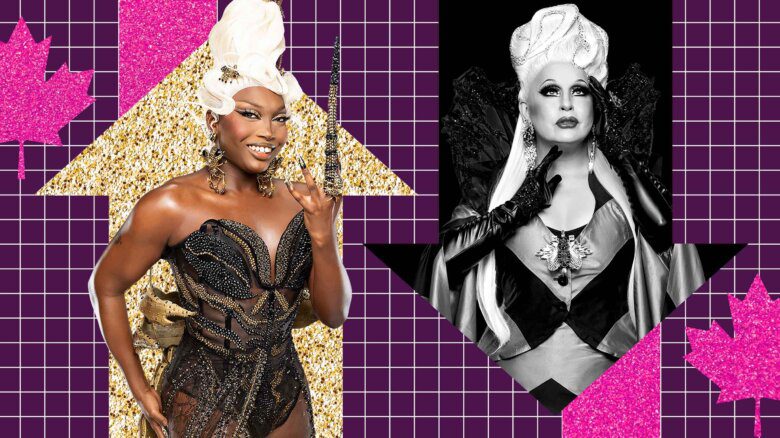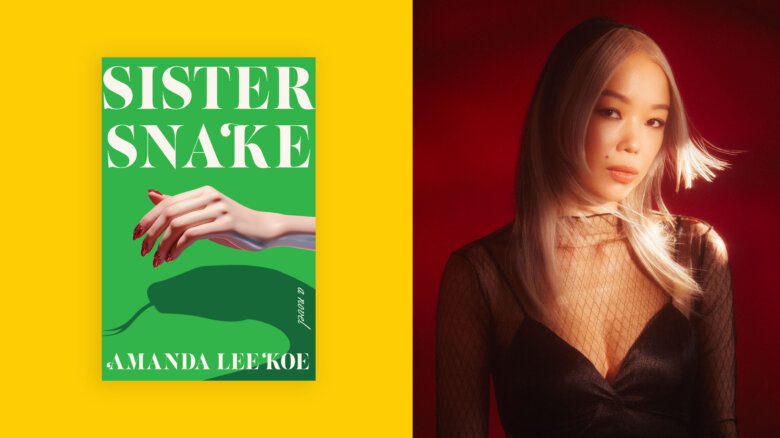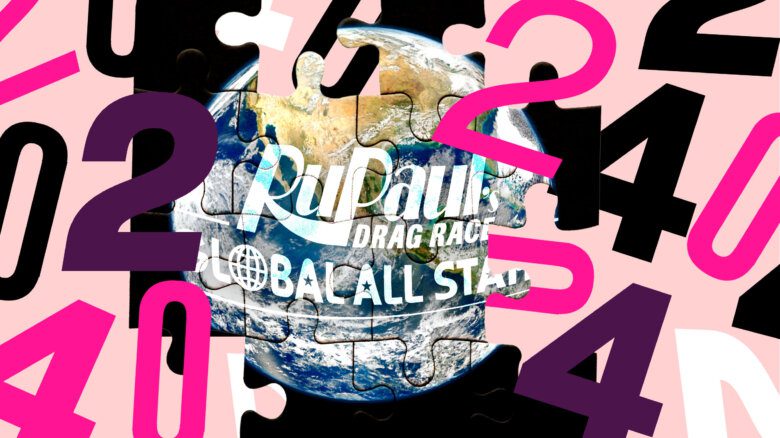The French com-poser conductor Pierre Boulez turns 80 this year and his record company is issuing a series of CDs to mark the occasion. On the cover of the latest, Boulez sports drooping eyelids, heavy jowls, massive wrinkles and a bad comb-over composed of thin white hair. This, I thought as I stared at the picture, is how I want to look when I’m 80.
The guy looks every inch his age and also deeply, seriously, engaged with life. Quite soulful, actually. Impatient with the photo shoot and all the rest of the celebrity frippery as though even at 80 – or maybe especially at age 80 – he had better things to do. Clearly this is not a guy who spends his time chasing pretty pictures on the web.
I’ve spent much of the past year dealing with aging relatives and the question of mortality has been much on my mind. Not death, so much, which seems like a simple cessation – the stop sign to which there is no answer – but mortality. Most of us don’t get that much time on this earth, maybe 80 years if we’re lucky. The question then becomes: How do you get the most out it?
The answer, in our Peter Pan society, seems to be: Don’t ever change. Not your taste or your music or your looks. And for God’s sake don’t look any older than you have to. The big surprise for me, as I toured hospitals and old age homes, was just what a relief it was to see people getting old. There is much sadness associated with age and its inevitable illnesses, but at least you get to change.
Trolling the media, mainstream or otherwise, you usually get the impression that everyone either is stuck or wants to be stuck at one particular stage of life. Incessant articles about facelifts, Botox injections and workout routines feed the impression that there is only one way of life and that life was frozen in time somewhere around age 20. Past that point, you’re not supposed to go. If you do go, you’d better go in disguise, your true face hidden by a feature-flattening nip ‘n’ tuck.
Gay culture is probably no worse in this respect than the culture at large, but it can seem that way. On the rare occasions when older gay people are trotted out for public display, usually at award ceremonies or parades, they’re invariably the ones still pursuing a youthful course – still going out, still screwing around. In other words, they’re a case of wish fulfilment, old age as just another version of youth. No change, except in the externals. This consoles the young but doesn’t leave much room for developing a life.
For a society hellbent on most social, economic and technological change, it’s ironic that age-related change is frowned on. It’s also crippling. What’s the point in growing older if you’re just going to remain the same? Who wants to do what you did at 20 when you’re 40, 60 or 80? Life moves on, people change. So why the socially-imposed stasis?
The fear, of course, is not that you’ll be decrepit, ugly or just plain dead, but that you’ll be unloved. In our culture, “How old are you?” means “Are you still fuckable?” and the answer as you get older is usually an ever louder no. Or, as Mrs Enid once remarked on an episode of This Hour Has 22 Minutes, “I know you’re only as old as you feel, but when no one wants to feel ya, you’re off the bus.”
That’s largely a myth driven by advertisers who like young audiences because they’re naïve, inexperienced and apt to buy a lot of shit they don’t really need. But it’s so central to today’s culture that it’s hard to detach let alone destroy.
I guess that’s why I’m so grateful to the artists Evergon and Donigan Cumming, both of whom recently showed in Toronto at the Edward Day Gallery and the Museum Of Contemporary Canadian Art respectively. Both artists photograph old people in the nude and they do it without apology. Evergon went one further and photographs his then 82-year-old mother. But there’s nothing sleazy or sensationalist about these oversized nudes. They are simply there, testament to change, endurance and indomitability.
Evergon’s mother looks like a cairn of sea-softened boulders, massive and rough, with the skin of a rumpled elephant and the serenity of a Buddha. Cumming’s older men are a tougher sell. They’ve seen a lot of life, maybe too much, and their bellies sag over shrivelled genitals and skin so worn it looks like a shabby rug.
We’re so used to viewing nudes as a tease or a come-on that these stern images of pure physicality are at first quite shocking. But the scale of the images and the stern rigour of the artists’ gaze give these images an heroic stature. Without saying anything, they’re an admonition to anyone who thinks life tops out at 20.
We’re here, the images seem to say, and it’s not perfect, but that’s just fine. Pay attention, you might learn something.
 Why you can trust Xtra
Why you can trust Xtra


